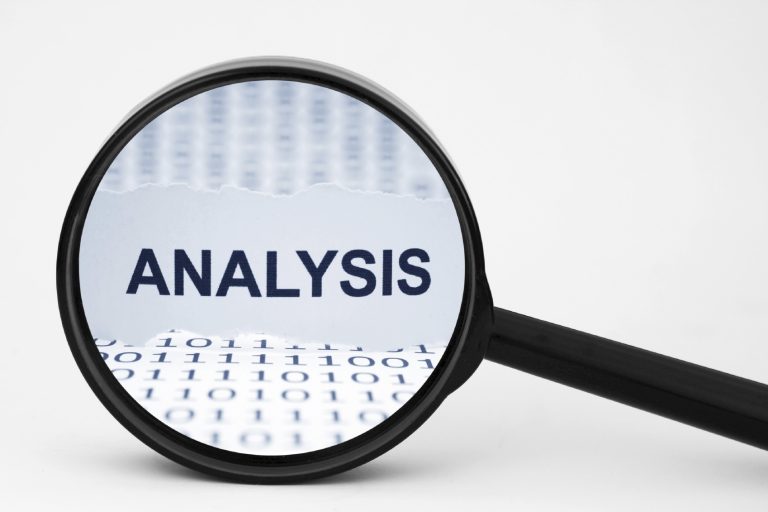

The purpose of this technique is to support the selection of ideas, prioritising those which constitute an effective and efficient use of an organisation’s time.

AHP is an acronym for analytic hierarchy process. It is a structured technique used to support decision making processes in which there are multiple criteria, of which some are more important than others.

The purpose of this technique is to support decision making between a large number of ideas. The anonymity of participants guarantees its suitability to group contexts, where internal pressure or anxiety may be present.

A bubble diagram, alternately referred to as a portfolio map, is a technique used to evaluate organisational projects on the basis of their characteristics or properties.

Change Request Register has a role in change management strategies and in ensuring that projects are run efficiently from their launch to closure. Importantly, it enables the assessment of how many proposed changes were actually implemented into the project plan and whether they delivered expected benefits.

Consensus mapping is a technique with the purpose of deriving a collective comprehension of problems by team members, in order for agreement regarding the activities required to reach a solution and their sequence to be unanimously understood.

The purpose of the decision document technique is to expedite project decision making processes by ensuring that decision makers have easy access to all the information they require.

The decision tree is a tool to assist with idea assessment through the visual representation of different options and their expected consequences.

The Delphi method is used during idea assessment to reach consensus regarding which is most beneficial. The technique relies extensively on the opinion of individual experts who anonymously complete questionnaires individually.

The ‘formal closing document’ is a report created in the closing phase of a project that details completion criteria, outstanding items, and closure activities.

This technique is alternatively referred to as the decision matrix, evaluation matrix, or weighted criteria matrix. However, regardless of the nomenclature, its purpose remains identical, to select one option from a range of alternatives based on a set of criteria.

The idea advocate technique is an approach used in the final selection of an idea from a shortlist. Each of the ideas on the shortlist are allocated an advocate who defends the idea in front of a jury. The jury then eliminate ideas, until only one remains.

Idea ranking is a technique conducted within groups to assist organisations with the selection of ideas. Its objective is to prioritise ideas on the basis of their value and viability, in order for organisations to allocate their time to those with the greatest benefit.

Impact analysis is a structured approach through which the full impact of a proposed change may be evaluated. It is conducted within a group context, where participants brainstorm the consequences arising from the implementation of an option and the magnitude of these consequences.

The ‘lessons learned’ approach describes a log that is generated upon the completion of each project. The purpose of this log is to use the knowledge accumulated in past projects to inform the execution of future projects.

PMI analysis is a technique used to support group decision making. Its objective is to improve the quality of decisions through an examination of the pros and cons of proposed ideas and directing the attention of group members to different outcomes.

Prioritisation describes the ordering of ideas on the basis of their value and viability. Multiple techniques can be used to support this activity and are each suited to varying levels of complexity.

Problem mapping is a technique that analyses a central problem by evaluating related ideas and determining how each connect. It represents these connections visually in the form of a map and provides the foundation for solving recognised issues systematically.

The Product Innovation Management Scorecard is a self-assessment innovation audit tool. It allows organisations to identify their strengths and weaknesses compared with best practices for product innovation management and take measures to improve identified areas.

The risk register is a document used for the strategic management of risk. These risks can include both opportunities and threats and should be identified early in the project and refined throughout.

Scoring models are used to prioritise the potential of ideas or projects and support selection decisions regarding their development or investment. They require criteria to be selected upon which a judgement will be made, allocation of scores for these criteria, and selection or prioritisation of ideas or projects on the basis of these scores.

The urgent important matrix is a technique used to support the selection of ideas for implementation. Its purpose is prioritisation in order for organisations to spend their time on high-value ideas.

The Vroom-Yetton-Jago decision model, named for its designers, is a tool to support managers in the selection of an approach to decision making.